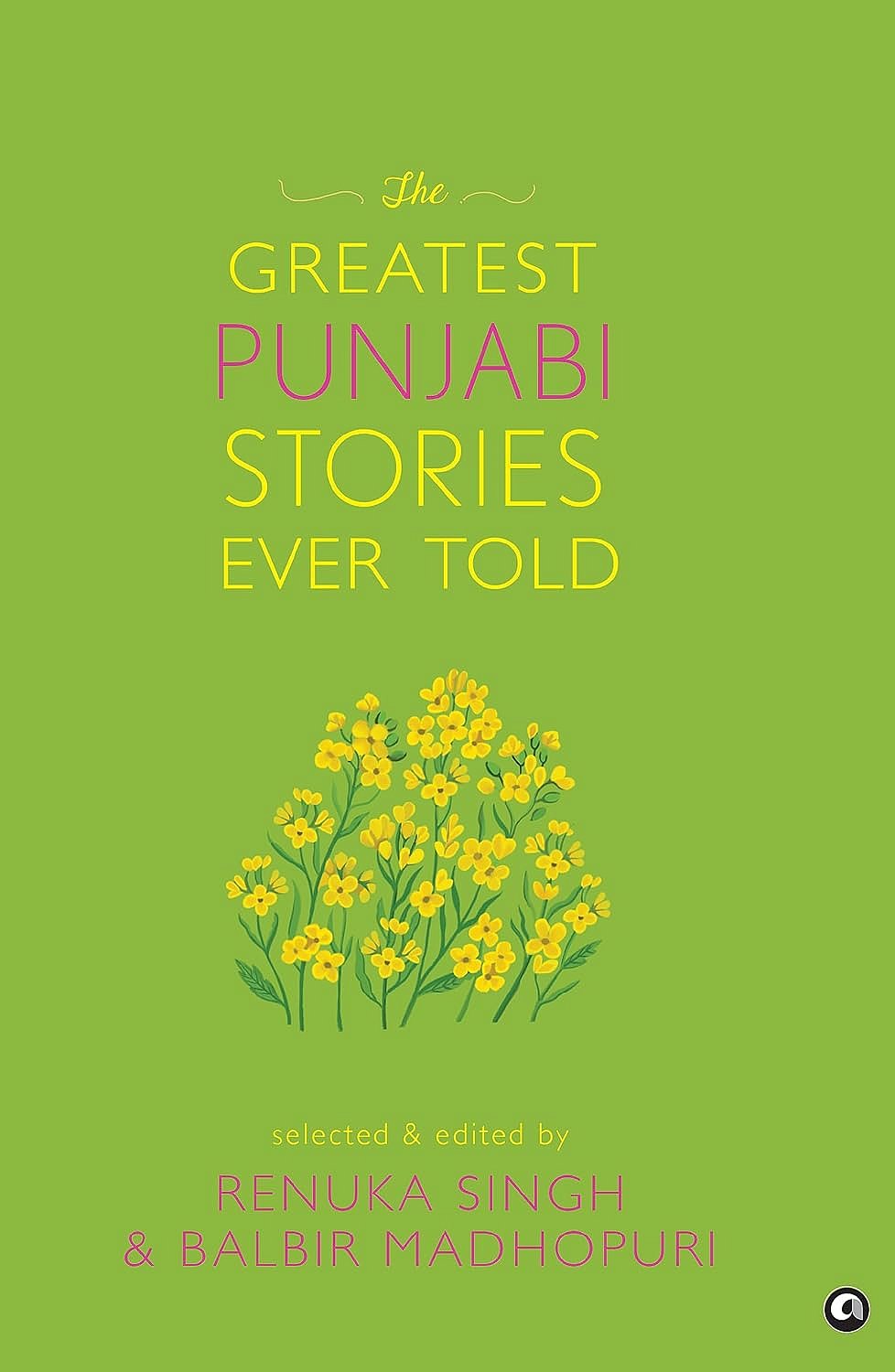The Survivors

Collating stories for an anthology is a strenuous task and when the said anthology comes from The Greatest Stories Ever Told series then the expectations are also significant. While the term ‘greatest’ will always be subjective as per the selections made by the editors, I believe the main task is to bring out such stories, which would portray the diversity of the literary culture in that language. Following their rich tradition, Aleph has now published The Greatest Punjabi Stories Ever Told which has been edited by sociologist Renuka Singh and Punjabi writer-translator Balbir Madhopuri.
It is a sad reality that public perceptions around cultures generally fall prey to the stereotypes that are formed around them, that is why even in a literary sense Punjabi literature is often pigeonholed around partition literature but books like these help readers to expand their horizons. For instance, in ‘Bowl of Milk’ by Nanak Singh translated by Tejwant Singh Gill, the narrator meets his bua (aunt) after several years and is treated with copious food, so much so that eventually he regrets coming to her. The story touches upon a very quintessential form of love language that is through food especially in Punjabi families and how sometimes they can overdo it. Similarly Amrita Pritam’s ‘Stench of Kerosene’ translated by Khushwant Singh, explores the fate of women who are reduced to their ability to birth a child. Guleri a young girl from Chamba gets married to Manak but when they remain childless even after seven years of their marriage, the husband is forced to remarry leading to circumstances, which destroy several lives. There are many other such stories in this anthology which further navigate through the inherent human emotions and the effects it can have on the lives of others.
But as important as it is to write about the mundane, it is equally important to capture the trauma people went through in history as it helps us to take lessons from the same. It is well known that Punjabis also have some unique historical experiences, many of which are distressing and literature has done its duty by registering those stories and experiences. Mohan Bhandari’s ‘Doe’s Eye’ translated by Tejwant Singh Gill tells a very personal story of an army officer in the backdrop of the horrific anti-Sikh 1984 pogrom. His anxiety increases as time passes by but he has orders from the government to do nothing but wait, things change rapidly as a woman who lost her husband and son in the riots takes refuge at his place. What happens next delicately captures the universality of pain and loss while pointing out a very dark time in Indian history. Another such excruciating tale of the past is narrated in ‘Dance of the Devil’ by Sant Singh Sekhon, translated by Amaninder Singh Dhindsa where a group of Muslim civilians from a village are being huddled together into a dharamshala so that they can be transported to the newly created Pakistan but as the story progresses we get a deeper understanding of how such dastardly events affect the poor the most when they generally aren’t even a part of the decision making process and the extent to which one can go to save one’s child.
2026 New Year Issue
Essays by Shashi Tharoor, Sumana Roy, Ram Madhav, Swapan Dasgupta, Carlo Pizzati, Manjari Chaturvedi, TCA Raghavan, Vinita Dawra Nangia, Rami Niranjan Desai, Shylashri Shankar, Roderick Matthews, Suvir Saran
These diverse stories help us to remember that culture is multifaceted with contrasting narratives existing simultaneously but at the core of them all, these stories breathe a common quest for Punjabiyat. Even though Punjabi short stories are just a century old genre, their connection with readers is insurmountable. The themes in this collection might not give a comprehensive picture of Punjabi literature but surely they introduce the state’s rich literary culture to readers. With stories from several emotive writers like Mohinder Singh Sarna, Ajeet Cour, Ajmer Sidhu, Sukhbir, etc. this book is a bouquet of passion and warmth, which deserves to be relished.

